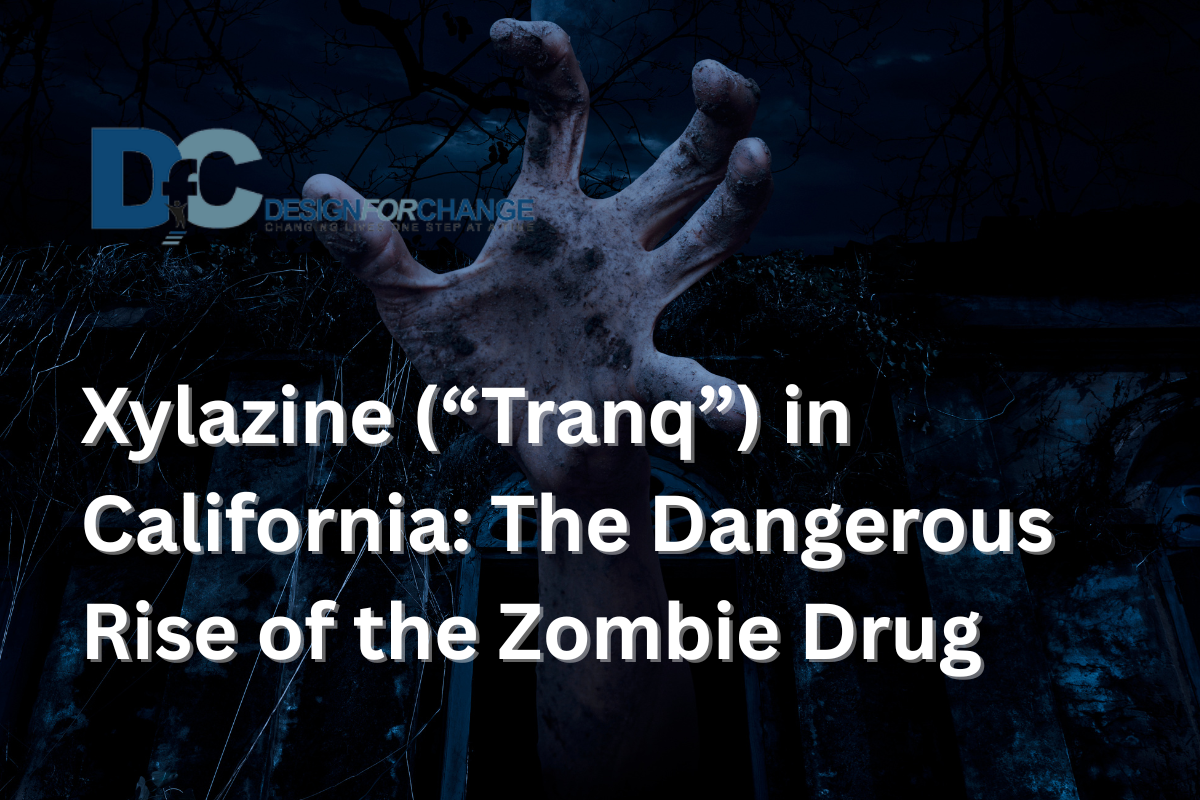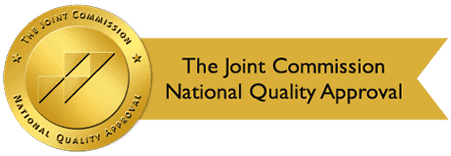By: Design for Change Recovery
Categories:
Xylazine (“Tranq”) in California: The Dangerous Rise of the Zombie Drug
You are here:California continues to battle an evolving drug crisis. Alongside fentanyl, a new and equally troubling threat is emerging: xylazine, often referred to as “tranq” or the “zombie drug.” Originally developed as a veterinary sedative, xylazine is not approved for human use. Yet, it is now being mixed into fentanyl and heroin supplies across the U.S., including California communities like Los Angeles, Riverside, and the Bay Area.
What Is Xylazine?
- Veterinary drug: Xylazine is used legally to sedate large animals.
- Not an opioid: Unlike fentanyl, xylazine is not an opioid, meaning naloxone (Narcan) may not fully reverse its effects.
- Street nickname: Known as “tranq” or “zombie drug” because of its sedative properties and the severe wounds it can cause in people.
Why Californians Should Be Concerned
- Growing presence in CA: The DEA and California health officials report increasing xylazine detections in seized drug supplies.
- Deadly combinations: Most cases involve fentanyl mixed with xylazine, increasing the risk of fatal overdose.
- Severe health effects: Users may experience extreme sedation, dangerously slow breathing, and in some cases, flesh wounds that are difficult to heal.
- Limited detection: Current fentanyl test strips cannot detect xylazine, making the street drug supply even more unpredictable.
Signs of Xylazine Use
- Excessive sleepiness or unresponsiveness
- Slow breathing and low heart rate
- Dangerous skin ulcers, often called “tranq wounds”
- Overdose symptoms that may not respond quickly to naloxone
What California Is Doing
- Public health alerts: Counties like Los Angeles and San Diego are warning residents about the rise of xylazine.
- Naloxone still matters: While naloxone may not reverse xylazine itself, it can save lives by reversing the opioid (fentanyl) part of the overdose.
- Expanded testing: California labs are adding xylazine screening to overdose investigations.
- Community outreach: Harm reduction organizations are educating people about the risks of the “zombie drug.”
How Design for Change Recovery Can Help
At Design for Change Recovery in Lancaster, CA, we see firsthand how synthetic drugs like fentanyl and xylazine devastate lives. Our programs offer:
- Medical Detox to safely manage withdrawal
- Medication-Assisted Treatment (MAT)
- Residential Inpatient Care
- Outpatient Programs
- Family Support Services
We proudly serve clients from Los Angeles, Antelope Valley, Riverside, San Bernardino, San Diego, and the Bay Area.
FAQs About Xylazine in California
Does Narcan work on xylazine overdoses?
Narcan works against the opioid (fentanyl) but not the xylazine itself. Always call 911 immediately.
Why is xylazine called the “zombie drug”?
Because of the deep wounds and sedation it causes, giving users a “zombie-like” appearance.
Can I test my drugs for xylazine?
Currently, there are no widely available xylazine test strips in California. This makes the supply more dangerous.
What treatment options are available in California?
Design for Change Recovery offers detox, MAT, inpatient, and outpatient programs tailored to Californians battling fentanyl, xylazine, and other addictions.
Is treatment covered by insurance in California?
Yes, many PPOs and some HMOs cover addiction treatment. Our admissions team can verify your benefits quickly.
If you or someone you love is struggling with fentanyl, xylazine, or other drug use in California: Call (855) 265-6054 or contact us online for confidential help.
Your recovery can start today.


